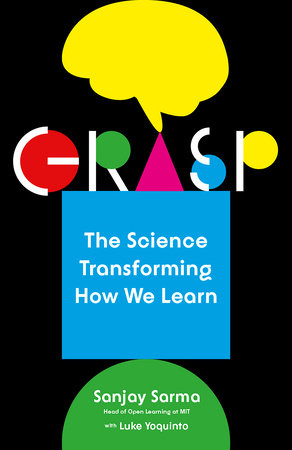Music in hospital supports children’s social education to the extent that the musical activities can help the child to develop aspects of their ‘human capital’ (Karkou & Glasman, 2004: 170) through the promotion of adaptability, creativity and social skills. Music also offers possibilities for collaboration and interaction between children, parents and medical staff, as well as giving insight into different cultures. This is often the case when children/parents from different countries or different social backgrounds have to share a room for long periods of time. Music sessions in these cases often facilitate communication through the exchange of songs or simply by lightening the atmosphere in the room, fostering casual conversations between parents, or between parents and nurses, that, for a brief time perhaps, are not focused on the children’s illness. […]
Music in this context can be successfully employed to support social interactions between different people involved in the process of music-making. Experiencing a successful participation in musical activities facilitates an increased sense of community, of belonging to a group, embracing patients, carers and musicians (Karkou & Glasman, 2004). This sense of community has been fostered officially by the hospital management who have recently expanded the music scheme to other wards across the hospital. The management have institutionalised the music provision through systematic financing and the designation of key personnel with responsibilities for ensuring the music programme. Musicians are now perceived as part of the paramedical staff and the ‘institutionalisation’ of the programme has made collaboration between musicians and nurses easier and more effective. […]
For Lave and Wenger (1991: 116), learning ‘is never simply a matter of the transmission of knowledge or the acquisition of skill . . . it is a reciprocal relationship between persons and practices’. In a community of practice, members are brought together by joining in common activities and by what they have learned through their mutual engagement in these activities. In this respect, a community of practice involves shared practice. […]
Conclusion
The provision of music in a hospital context embraces a multiplicity of potential and actual experiences for all the participants, whether adult or child, patient or carer. Its multifaceted character relates both to the nature of musical sound and also to its human processing, whether as initiator, participant or ‘audience’. The power of music as a form of emotional symbolisation is reflected in the organisation of its sounds, such as its tone colours, contours, intensities and rhythms unfolding over time. The selected music’s impact (physiological, psychological, social, educational) is likely to be enhanced by the physical action, the communication behaviours, of the live performers, who have to remain sensitive throughout to the subtle nuances of response from the ‘audience’ (patients, parents, hospital staff) in a moment-by-moment monitoring of performance effectiveness towards the intended outcome. This is a symbiotic process in the course of which performers, patients and other members of the (often participant) audience ‘share’ a musical experience and perhaps are all changed by it in some way.
https://www.researchgate.net/publication/231743662_Music_in_a_hospital_setting_a_multifaceted_experience
Abstract
The article offers an explanation of the effects of music on children within a hospital setting and points up the multifaceted nature of this experience. The nature of the client group allows the musical experience to work on many different levels, such as modifying the child’s perception of pain and reducing stress, whilst at the same time having an integral educational element that supports musical development. The evidence base is drawn from an extensive review of the music/medicine literature, interfaced with the first author’s experience over many years as a participant musician in a paediatric oncology ward.
Source: Costanza Preti & Graham Frederick Welch in”Music in a hospital setting: a multifaceted experience”, November 2004 British Journal of Music Education 21(03):329 – 345




